Microplastic, A Macro Problem
Title: Microplastic, A Macro Problem
Background:
Plastic, due to its durability, are considered as one of the greatest creation of mankind. It is synthetic polymer made of chemicals that are generally derived from natural resources, including oil, petroleum and coal. While many plastics are hydrocarbons that consist of carbon and hydrogen only, some do contain other elements such as oxygen, chlorine, fluorine, nitrogen, sulphur etc. It is commonly found in our everyday lives, ranging from plastic bottles and drinking straws to grocery bags. Worldwide, about 2 million plastic bags are used every minute. However, given their pervasive and persistent nature, microplastics tend to remain in the environment for decades and even centuries. Eventually, they are degraded into smaller and smaller pieces, known as microplastics that are of growing concern.
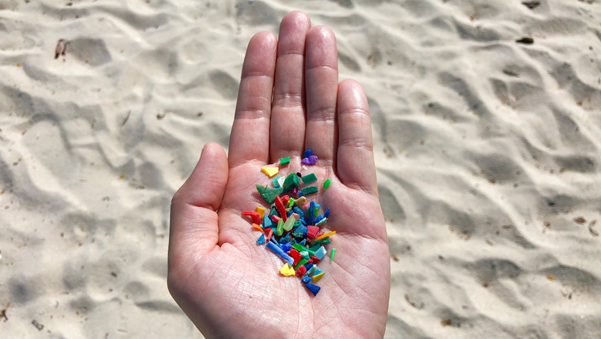
Introduction:
Microplastics, as suggested by the name, are small plastic fragments which are less than 5mm in diameter. They are categorised into two main types, primary and secondary microplastics. Primary microplastics are intentionally manufactured for industrial and commercial purposes. The main source, synthetic textiles alone have contributed 35% of engineered microplastics in oceans. Followed by the man-made vehicles tires which accounts for 28% of total volume of primary microplastics according to the study led by the International Union for Conservation of Nature (IUCN). Other sources include microplastic in form of microbeads as exfoliating agent in cosmetic and personal care products such as toothpaste and facial cleansers, city dust, marine coatings, road markings and plastic pellets. The fine matters easily pass through the water filtration system and end up in rives, great lakes and oceans.

The latter type of microplastics are the results of the disintegration of larger plastic debris through natural weathering processes. Their structural integrity are reduced primarily into tiny microplastic particles mainly by photodegradation due to the exposure to UV radiation, the bashing of ocean waves and the wind abrasion. They usually originate from the improper management of plastic waste, especially the single-use plastics such as polystyrene cups and containers.
Problem Statement:
1. Why microplastic pollution is a real cause of concern?
2. To what extent should we worry about the microplastics issue?
Objective:
1. To raise awareness among the public on the seriousness of the microplastic pollution to generate a change in public attitude towards the environment.
2. To enhance the public understanding on the causes and effects of microplastic pollution.
3. To educate the public the feasible and practical ways in daily lives to mitigate microplastic solution.
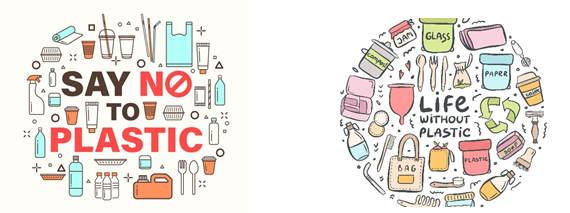
Review:
The Marine Ecosystem
Do you know that the microplastics in the seas have outnumbered the stars in our galaxy? To be exact, there is 51 trillion microplastic particles — 500 times more than the stars. If this problem is left unchecked, microplastics in ocean are estimated to outweigh the number of fish by 2050. In other words, we are at stake of losing the marine biodiversity. Currently, the abundance of microplastics are severely disturbing the ecological balance of marine ecosystem by destroying the autotrophic phytoplankton, which is the producer of marine food web. Microplastics have penetrated their cell wall, causing reduction of chlorophyll absorption which leads to their death. The lack of plankton as food source can cause a sharp plunge in the population of primary consumers such as fish and turtles. This causes organisms of higher trophic level to die due to prolonged starvation. To elucidate, the research by Plymouth University found that close to 700 species of marine life are prevalently facing extinction due to the widespread of microplastic pollution.
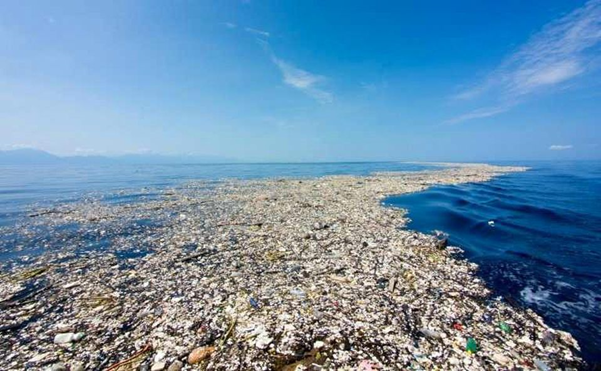
The Innocent Aquatic Lives
Often, we have seen the photos of turtles that mistaken plastic as their food and get entangled by the plastic bags. Similarly, microplastics are often inevitably ingested by a wider range of aquatic organisms such as fish larvae, oysters, lobsters etc besides being passed on through trophic transfer. Sadly, microplastics are taking a toll on the health of the aquatic organisms. As asserted in the National Geographic “Planet or Plastic” edition, microplastics will block the marine organism digestive tract and the long retention time alter their feeding behaviour, which ultimately reduce growth and reproductive output. The recent study on D. magna population revealed that long-term exposure to high microplastics concentration may need several generations to recover from the reproductive toxic effects induced. Another experiment has demonstrated that oysters exposed to minuscule pieces of polystyrene produce fewer eggs and less motile sperms. Based on the study led by the United Nations, the plastic waste that is thrown into seas annually can kill as many as 100,000 marine mammals and 1 million sea birds.
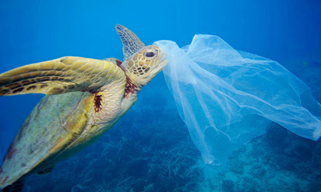
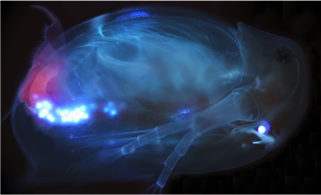
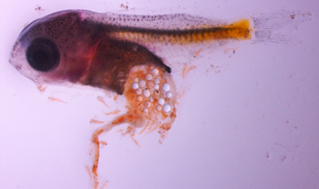
Humans — Culprit or Victim?
While we are expressing our concern over the pity turtles feeding on plastics, we fail to realise that we’re doing more than just using plastics, we are also consuming it as well. On average, humans are estimated to ingest 20kg of microplastics which is equivalent of two mobile recycling bins in our lifetime. According to an ecologist from the University of Toronto, Chelsea Rochman advocates that the biggest human exposure to microplastics likely to come from airborne dust, drinking water and seafood. In this context, the primary concern is inextricably linked to the toxic and harmful chemicals and additives found in plastics. Let us take bisphenol A (BPA) as an example, which is an endocrine disruptor that can interfere with hormonal activities. Moreover, it is perceived that the flame retardants may affect the brain development of foetus and children adversely. However, the fears are in fact not grounded in science according to the World Health Organisation (WHO) report.
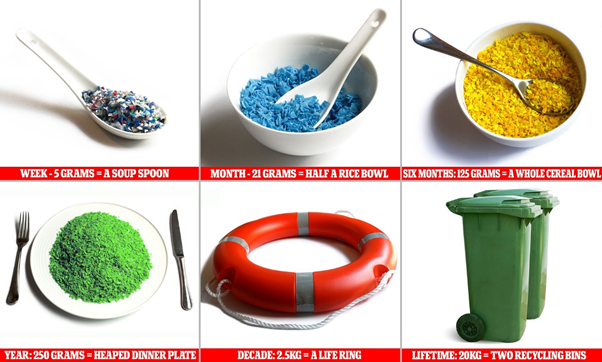
Why Plastics Aren’t Recycled Fully?
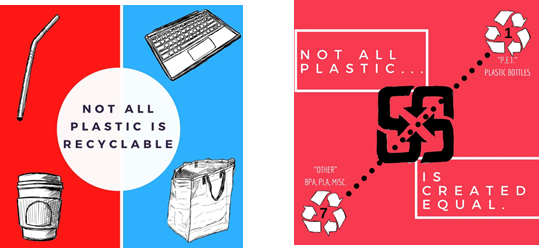
Credit: National Geographic
It is easier to be said than done. The recycling of plastic is far more difficult and complicated than we could imagine. First, it is limited by the wide variety of plastics, and most importantly not all plastics are recyclable. It is a huge fallacy to mention that the “chasing-arrow” symbol mean that the plastics are recyclable. We should refer to the resin identification code implemented by the US Society of the Plastic Industry. In Malaysia, plastics under the category of 1,2 and 5 are 99% recyclable in Malaysia, while others are not recycled due to the sheer lack of facilities. Furthermore, recyclability of plastics is highly dependent on their chemical properties. For instance, thermoset which is ideal for high heat application containing irreversible chemical bond, hence cannot be reheated to become new materials. Secondly, the quality of recyclable plastics degrade every time they are recycled. Unlike glass and metal that can be recycled infinitely, each piece of plastic products can only be recycled for 2 to 3 times before going into landfill or incineration. This is in line with the 2017 Science Paper on the fate of global plastics, “Recycling delays, rather than avoids final disposal.”

Potential Solutions:
Can you imagine life without plastics? Absolutely not! As a concerned inhabitant of the planet, what can we do to ameliorate the microplastic pollution?
1. Steer away from single-use plastic
Today, single-use plastics account for 40% of the plastics produced every year. In lieu of plastics, there are a wide array of alternatives made of recyclable and biodegradable materials like paper and glass made available in the market. To elucidate, we can bring along green bag when we go for grocery shopping or replace disposable cutleries with those made of stainless steel.
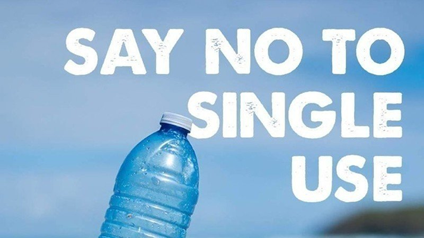
2. Boycott the use of microbeads
In fact, microbeads have been banned in many countries in face of the serious microplastic pollution. To put it in the right perspective, Microbead-Free Waters Act has been implemented by President Obama to ban microbeads in cosmetics and personal products in the United States. Definitely, it is time we should say No to products containing microbeads to save our “Plastic Planet” from further degradation.
3. Participate in river/beach clean up
Be a volunteer of the coastal clean up programme. Critics argue that public clean-ups do not address the root cause of microplastic pollution. However, there is compelling evidence that clean-up programmes like “Great Plastic Pick Up” does make a difference. The world largest beach clean-up project in Mumbai, initiated by a local resident, Afroz Shah has successfully removed 12,000 tonnes of plastic from Versova Beach up-to-date. Thanks to his effort, turtles hatchlings are seen again after over 20 years.
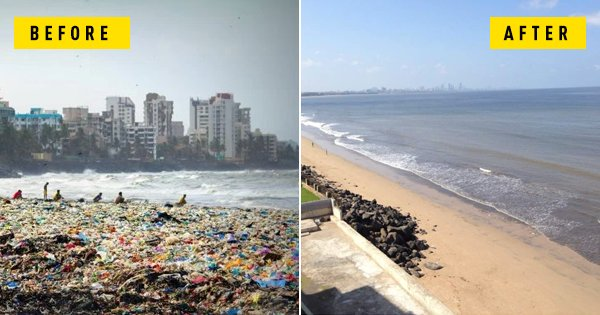
4. Awareness Campaigns
Educational campaigns should be organised worldwide to enlighten the public on microplastic pollution, especially in the underdeveloped countries. Instead of conventional talks and workshops, the campaigns can be implemented in more creative and innovative way. Let take Adidas as an example. It becomes one of the most inspiring advertising campaigns by turning ocean plastics waste into sneakers and sportswear in collaboration with Parley, an environmental organisation. They also held an event “Run for the Oceans” in hope of raising awareness on the importance of plastic recycling.
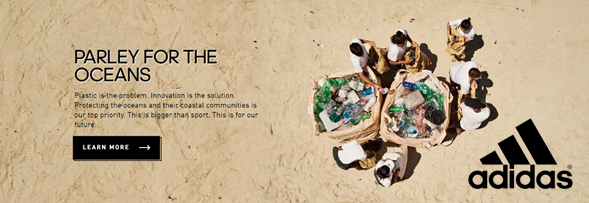
5. Recycling industries
The National Geographic recent statistics has depicted that there is a whopping 91% of plastic. The recycling industries should find an alternative besides the current mechanical recycling which only suitable for polyethylene terephthalate (PET) and high density polyethylene (HDPE).
6. Research on microorganisms to biodegrade plastics
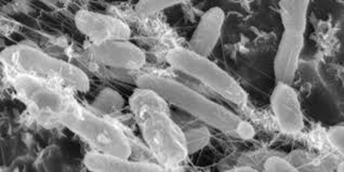
This has been an on-going field of study. Nevertheless, similar to the recycling problem, microbes releasing specific enzymes only work on specific type of plastic and yet there is a large variety of polymers exist. In 2016, scientists from Japan has found that Ideonella Sakaiensis 201-F6 could digest polyethylene terephthalate (PET) that are used in making water bottles. However, enzymes are not the solutions to the ocean pollution as there is much more to understand about the relationship between plastics and marine ecosystem.
7. Finding alternatives to plastics
Plastics take up to 450 years to degrade. It is in dire need to find substitute for the synthetic polymer which is more environmental-friendly. For instance, Ecovative Design works on plastic alternatives from mushroom using Mycelium Technology. Unlike synthetic plastics made from crude oil, their products are grown from mycelium, which can be naturally decomposed like food waste. It is aimed at reducing the damage done by plastic, that leaves landfill overflowing and oceans polluted.
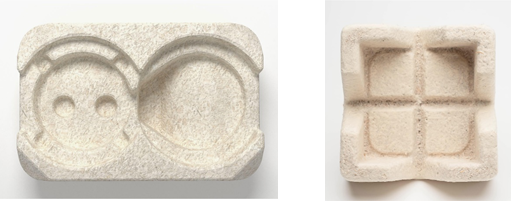
Conclusion:
In short, microplastic pollution is a real wake-up call to each and everyone to undo the damage done to our dying planet — the Earth. Let me remind you, we do not inherit the Earth from our ancestors; we borrow it from our children. It is time for us to change our lifestyle by refusing the use of plastics unnecessarily to save our environment from further degradation due to the microplastics pollution. I believe what we can do may just a drop in the ocean, but its is the little drops that make the mighty ocean. Together, let us make a pledge to save the environment, the planet, the Earth — our home.
Self Reflection:
To be honest, I am not bothered or concerned with any environmental issue at all before writing this article. As I come across more information about the scientific facts and figures, only I start to realise the seriousness of microplastic pollution. Not only the marine ecosystem, human, ourselves are the victim, too. We can blame no one else but ourselves for the destruction to the environment. While we keep hankering after the so-called modernised and civilised world, we’re too selfish and greedy. Our needs do not justify the sufferings of the Mother Earth. Although the potential solutions are made available, many of us seem to remain ignorant without taking any initiatives. Fervently, I hope that those who are reading this, can make a change and do your bit for the environment.
Comments
Post a Comment